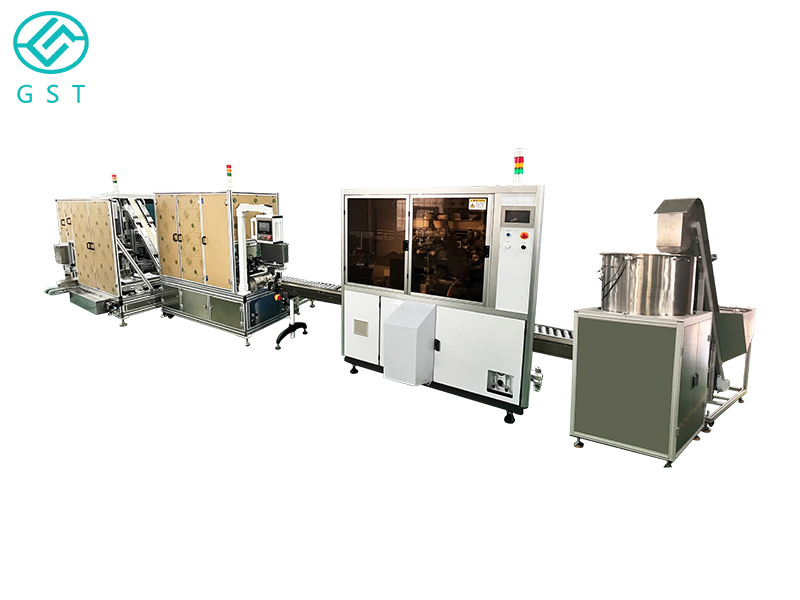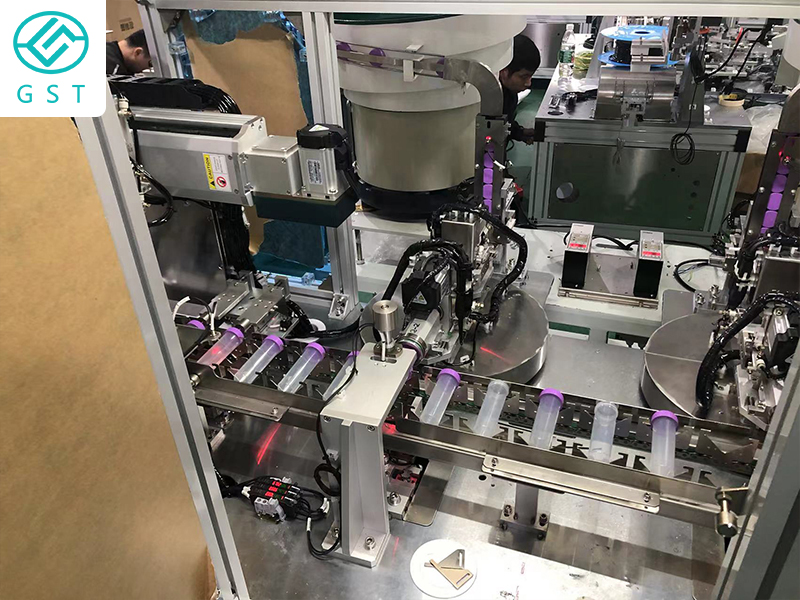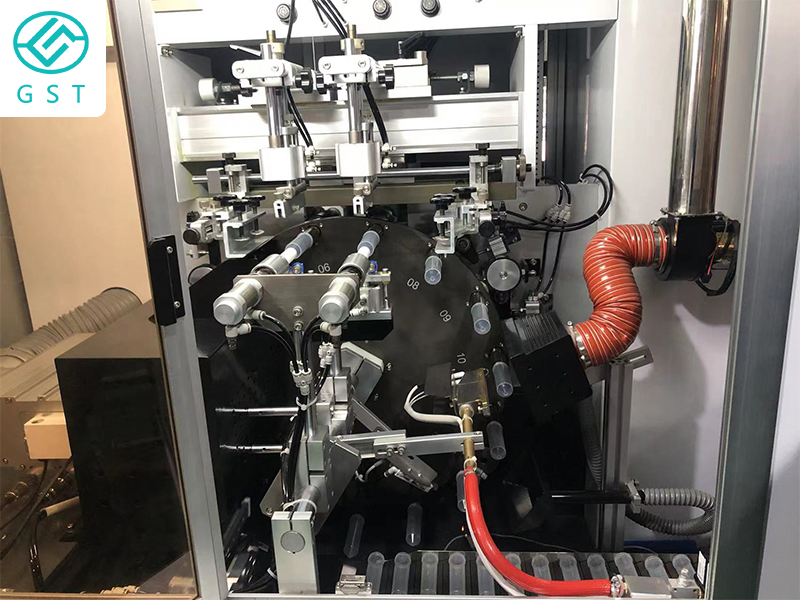Release Date:2022-12-30 15:24:19 Popularity:
Centrifuge tube automation production line solution manufacturers know that the most inconspicuous consumable in the laboratory - centrifuge tube, is also the most commonly used consumable. In biological sciences, especially in the field of biochemistry and molecular biology research, centrifuge tubes are widely used, and every biochemistry and molecular biology laboratory is inseparable from centrifuge tubes. Every biochemistry laboratory will prepare various types of centrifuges. The working principle of the centrifuge tube is to rotate the solution at a high speed to generate centrifugal force, so that the suspended tiny particles settle at a certain speed, so as to achieve the purpose of separation from the solution.

1. Centrifuge tubes are classified according to material
Plastic centrifuge tubes: Plastic centrifuge tubes include polyethylene (PE), polycarbonate (PP), polypropylene (PP), etc. The advantages are transparent or translucent, and its hardness is small. The gradient can be taken out by puncture method. The disadvantage is that It is easy to deform, has poor corrosion resistance to organic solvents, and has a short service life. It is generally recommended to choose polypropylene centrifuge tubes.
Glass centrifuge tubes: Glass centrifuge tubes cannot withstand large centrifugal forces, and they need rubber pads when in use, and the airtightness is not good enough, so they are generally not used in high-speed centrifuges.
Steel centrifuge tube: Steel centrifuge tube has many advantages, such as high strength, no deformation, frost resistance, and corrosion resistance, so it has the widest range of use, but its surface is non-transparent, making it difficult to observe the separation. Although the corrosion resistance of steel centrifuge tubes is very good, it should also avoid contact with strong corrosive chemicals when using them.
2. Classified by capacity
Large-capacity centrifuge tubes (250mL, 500mL), also known as centrifuge bottles, are the centrifugal choice for large-capacity cell harvesting, pelleting and protein purification;
Ordinary centrifuge tubes (15mL, 50mL), the most common centrifuge tubes in laboratories;
Microcentrifuge tubes (0.6mL, 1.5mL, 2mL,) are often used in conjunction with microcentrifuges for the separation of micro reagents, and are often used in micromanipulation experiments in molecular biology.

3. Classified by bottom shape
Round bottom centrifuge tube: when collecting density gradients, you can choose a round bottom; the area of the round bottom is large, and it can withstand greater centrifugal force than the pointed bottom;
Conical bottom centrifuge tube: When the sample is small, when collecting the precipitate, use the conical bottom for better separation, and the upper layer is easier to absorb with a straw;
Flat-bottomed centrifuge tube: The purpose is the same as that of the conical-bottomed centrifuge tube, but the centrifuge tube can stand upright, which is more convenient to put and take out in the experiment. Other flat-bottomed centrifuge tubes are mostly centrifuge bottles and sample tubes.
4. Classified according to the closing method of the lid
Gland type: commonly used in microcentrifuge tubes;
Screw cap: It is often used for centrifuge tubes or centrifuge bottles with large capacity.

5. Classified by centrifugal speed
Low-speed centrifugation: generally refers to the maximum speed of less than 8000r/min, that is, 8000 rpm;
Normal speed centrifugation: generally refers to the maximum speed less than 15000r/min, that is, 15000 rpm;
High-speed centrifugation: generally refers to the maximum speed greater than 15,000 revolutions but less than 30,000 revolutions per minute.
In the case of such high centrifugal force, centrifuge tubes with poor tolerance will crack or even burst, which will lead to sample loss and unnecessary contamination. Sometimes it will even cause irreversible damage to the centrifuge, and the leaked aerosol will pose a threat to the health and safety of laboratory researchers, which is not conducive to the development and effective conduct of experiments.